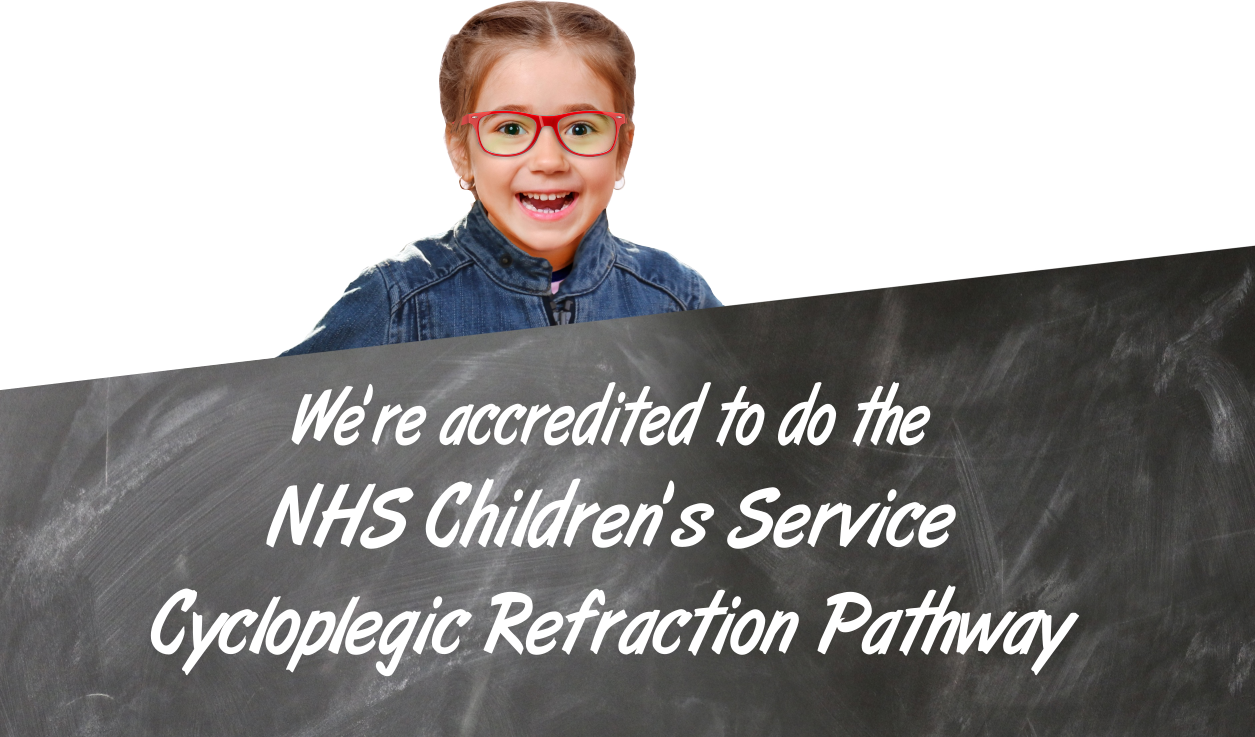Children's Eye Tests
All children under 16 qualify for an NHS voucher entitling them to a free eye test.
Don’t worry about the cost of your child’s sight test. Sight Tests are paid for by the NHS for children under 16. If they need glasses they will be issued with an NHS optical voucher to go towards the cost of the spectacles. We have a large range of glasses which would be totally covered by the voucher so you won’t need to pay anything for most frames.
NHS Children's Service Cycloplegic Refraction Pathway - What to expect?
eee with their 3d visionkikHas you child recently been referred for poor vision after the child screening service?
We will book them in for a sight test which will include checking each eye whilst the child wears a patch, then we will assess their binocular vision and stereoscopic (3d) vision. which tells us how well the eyes work together. Once we have assessed this, we will have to put eye drops in to dilate their pupils and relax the focusing power of their eye. This will allow us to measure the true power of the eye and make sure we are not missing any hidden long sightedness. This also lets us examine the back of the eye a lot easier too.
When we insert the drops, they will sting so we try to avoid telling the child that they won’t hurt as when we insert them in their eyes we can lose their trust. I tend to tell them that they will feel like soapy water for a few seconds but it soon passes, and the offer of a sticker afterwards soon distracts them from the mild discomfort. It can be slightly distressing at times but we have done this a thousand times and know how to handle the situation to minimize it so there is very little distress for both the parent and child.
Before the child is assessed it is useful to check that they know the letters H T O V U X as these are the letters we commonly use for the younger patients. Don’t worry if they struggle as we can use numbers or pictures, or simple get them to match the letters they see on the chart by pointing to a card next to them.
If you think your child has a problem with their 3d vision, please, don’t ignore it and hope it gets better on its own. The visual cortex, the part of the brain where 3d vision is processed has a limited amount of time for us to help it develop properly. Typically by the age of eight or nine it is too late to undo. The early the problems are detected, the easier it is to treat.

